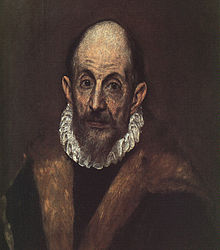I believe that when God created the first cat He smiled. The photo above brought more than a smile to my face. It made me laugh. I found it in the Facebook account of my friend Sr Maria Forrestal FMM in the Faroe Islands. She is from County Wexford, Ireland, Through her I spent six or seven weeks in the Faroes in the summer of 2000. There's no permanent priest there. The Faroes come under the Diocese of Copenhagen, which includes all of Denmark, the Faroe Islands and Greenland, probably the only diocese in the world now that covers three countries in two continents.
Here are Sister Maria's own words to accompany the photo: Hehe, naughty but nice! Must confess to having "borrowed" the photo from another profile... There is a play of words.The title of the book the cat is "reading" is a send up of a book called "The God Delusion" by English evolutionary biologist and atheist, Richard Dawkins. He argues that God is a delusion. So here we have God spelt backwards (dog) and a cat being "persuaded" that dogs don´t exist!!! We know the answer to that one.
This reminds me of the then eleven-year-old son of one of my closest friends in Dublin who asked me if I had heard about the dyslexic, insomniac agnostic. I hadn't. My young friend informed me that he had spent the whole night awake wondering if there was a dog.
Sister Maria works through art. She conducted days on Art and Prayer on 13 and 20 November. Here is how she describes the experience:
A day during which participants relax in silence,
reflect and meditate on their lives in the light of the Word of God,
enjoy the beauty of nature in the nearby park
and the beauty of the architecture in Mariukirkjan,
discover and explore their creative talents,
share their experience together,
get to know each other
and enjoy some good food!
Here is the image, painted by Sister Maria, which inspired the day:
"Believe"
John 1:4-5
The Church and Sisters' convent in Torshavn, Faroes
You can get a brief history of the Church in the Faroes here with links to the many interesting pages, in English, Danish and Faroese, on the website of the Church there. One of the most interesting is FOCUS ON "FORBIDDEN GRIEF" (RACHEL´S VINEYARD) IN MARIUKIRKJAN Sunday, 3rd. October.
Sr Maria (right) introducing Mrs Bernadette Goulding of Rachel's Vineyard, Ireland, in the Faroes.
When I was at home in Dublin a while back I had a long chat with Fr Laurence Kettle OFMCap, who grew up there who told me about Bernadette the day before he returned to Seoul. I contacted her and when it was possible for me to visit her in Cork, where she lives, I discovered she was in the Faroes at the invitation of Sister Maria. Bernadette and I met for lunch the day after she returned. I don't know yet where all of this is leading.
I had no idea that the feline philosopher/theologian at the top would lead me here. This post is all over the place, in more senses than one - but that is how life is.







